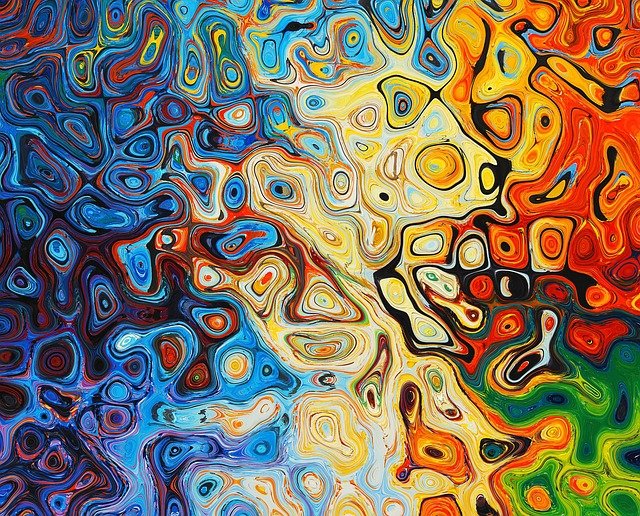When it comes to drawing in today’s market, there are few names more recognizable than Osamu Tezuka. Founded in the early 1900s, the Osamu Tezuka Story Company is a Japanese manga-based entertainment company best known for the creations of the late great Tezuka. In the wake of his death in 1989, the company has continued to thrive, releasing bestsellers aimed at a wide variety of ages under the Tezuka Osamu Productions banner. The company has also branched out into live-action and anime series, live-action and anime films, and video games. Its trademark style is a result of its founder’s love for classic Japanese manga and anime and his desire to produce a different kind of comic book for children in Japan. The result was a style that incorporated science fiction, historical figures, and even flora and fauna into the backgrounds of their pictures. They also introduced a serialized story format that would become a staple of Japanese manga for decades to come. This article will explore the rich history of manga, the current state of the manga industry in Japan, and how the manga you read today is being influenced by the subjects of the world around it.
Table of Contents
How Manga Got Its Name?
The word “manga” comes from the Japanese words “to draw” and “comics”. The Japanese had a very different concept of comics from the North American or European reader. For one thing, they read right to left, not left to right. There were also few superheroes, action-adventure was not common, and the stories tended to be more mature.
The first Japanese comics were published in the early 1900s. In 1910, the first newspaper comic strip was published in Japan. Before long, independent publishers began producing comics for the growing crowd of readers. These publications would set the standard for modern manga.
What Is Manga?
Manga is a Japanese word that describes all genres of comics. The word originates from Japan’s traditional arts, and is related to the word “to paint”.
However, unlike Western comics, which are often characterized by rapid movements and represent extreme emotions, manga is more about storytelling and characterization. The stories are often about everyday life, with characters that the readers can relate to on a personal level.
Manga has also evolved to mean more than just comics. It can refer to any type of manga-based literature, including manga books, and anime.
How Japanese Manga Became An Industry?
The first Japanese comic books made their way to the United States in the 1950s. By this time, the United States was becoming a fertile ground for new and different forms of entertainment. Mangaowl found an eager audience among the new readers, and the American comic book industry got heavily influenced by it. Later, the American comic book industry quickly began to adopt the style to meet the growing demand for comics about American popular culture, such as comic books about Superman and Batman.
Before long, American companies began to publish Japanese manga in English. The first American publication of Japanese comics was a magazine called Manco, published by the H.B. Company. The first American comic book company to publish Japanese manga was Eastern Color Printing.
The Rise Of Digital Manga Books!
In the early 2000s, Japanese digital publishing transformed the way manga was consumed in the country. The popularity of digital comics skyrocketed, and readers were able to purchase single chapters or even single-page comics on digital devices such as cell phones and digital shelves called “comic books”.
The ease of access to digital manga has led to an increase in reading among young people, who often would not pick up a comic book otherwise. The readership of manga has grown to include people who would never have been interested in comics before, such as women and even some mature readers.
Manga has also become a more reliable source of revenue for publishers, as readers are willing to pay for their favorite titles. Although the majority of manga is still serialized in print, the industry has fully embraced digital publishing.
Mangago, One of the Best Manga Reading Sites!
The rise of the digital version of Manga, Webtoons, and Anime series has also boosted the demand for sites to offer them to people. Mangago offers free manga for people who want to read it but aren’t able to do so because of a lack of finances. In addition, it is easy to use, and even a school kid who knows how to use a computer or a smartphone device can easily navigate thru the site.
Mangago offers a wide array of genres to choose from, for example, romance, fantasy, adventure, action, mystery, cooking, and comedy. Everyone will surely love Mangago even more if they discover that it holds approximately millions of pages of manga in its archive. Nevertheless, it doesn’t have advertisements and does not also require you to register.
It’s indeed a perfect place for otakus or individuals who are just trying to navigate the realm of manga.
The Future of Japanese Comic Books!
The future of Japanese manga is very bright. The industry is experiencing rapid growth and is only continuing to expand. There are currently dozens of manga publishers in Japan, and even more in Taiwan and China.
The readership is also continuing to diversify, with more mature readers and even non-Japanese fans. The Japanese manga industry is bringing more and more stories from other cultures and nations into the fold.
The only question is, what will future generations think of when they look back at today’s manga? Will they be as fascinated by the storytelling and character development as we are today? Or will they be turned off by the hyper-realistic depictions of violence and sex, and the constant use of “politically correct” terminology?
Only time will tell.
The Current State of the American Graphic Novels Industry
The American manga industry is experiencing rapid growth as well. While the American comic book industry has struggled in recent years due to changing reading habits and competition from other forms of entertainment, manga has proven to be an attractive alternative.
In 2014, the first English language manga, Attack On Titan, became a breakout hit in the U.S. The manga follows the adventures of a group of soldiers fighting against enormous humanoid Titans and has since inspired a highly successful anime series on Cartoon Network.
The following year saw the release of the first American comic book based on a Japanese manga, One-Punch Man, which follows the adventures of a brash young man who trains himself to become a hero worthy of saving the world.
The success of both Attack On Titan and One-Punch Man led to even more American publications of Japanese manga. As of 2016, manga titles are published in the U.S. more than ever before.
Conclusion
Manga has come a long way in its 100+ year history. From humble beginnings as drawings in a Japanese newspaper, it has evolved into a global industry that is experiencing tremendous growth.
The Japanese manga industry is currently thriving, with new and exciting titles being published regularly. The only question is, will future generations be as fascinated with the stories and artistry of today’s manga as we are?










